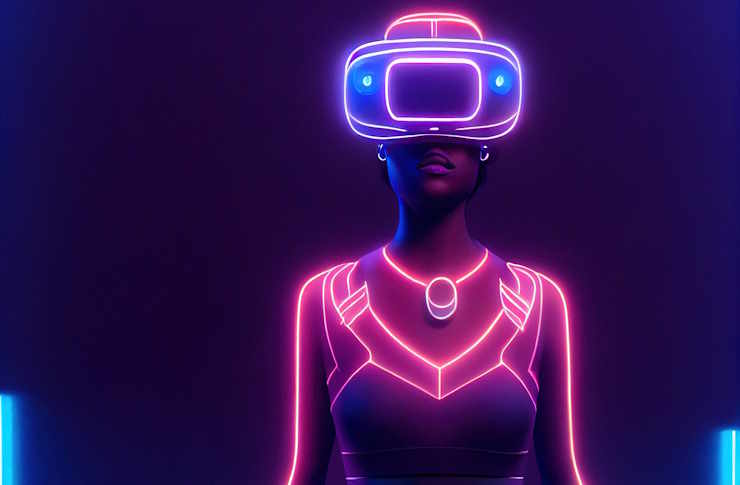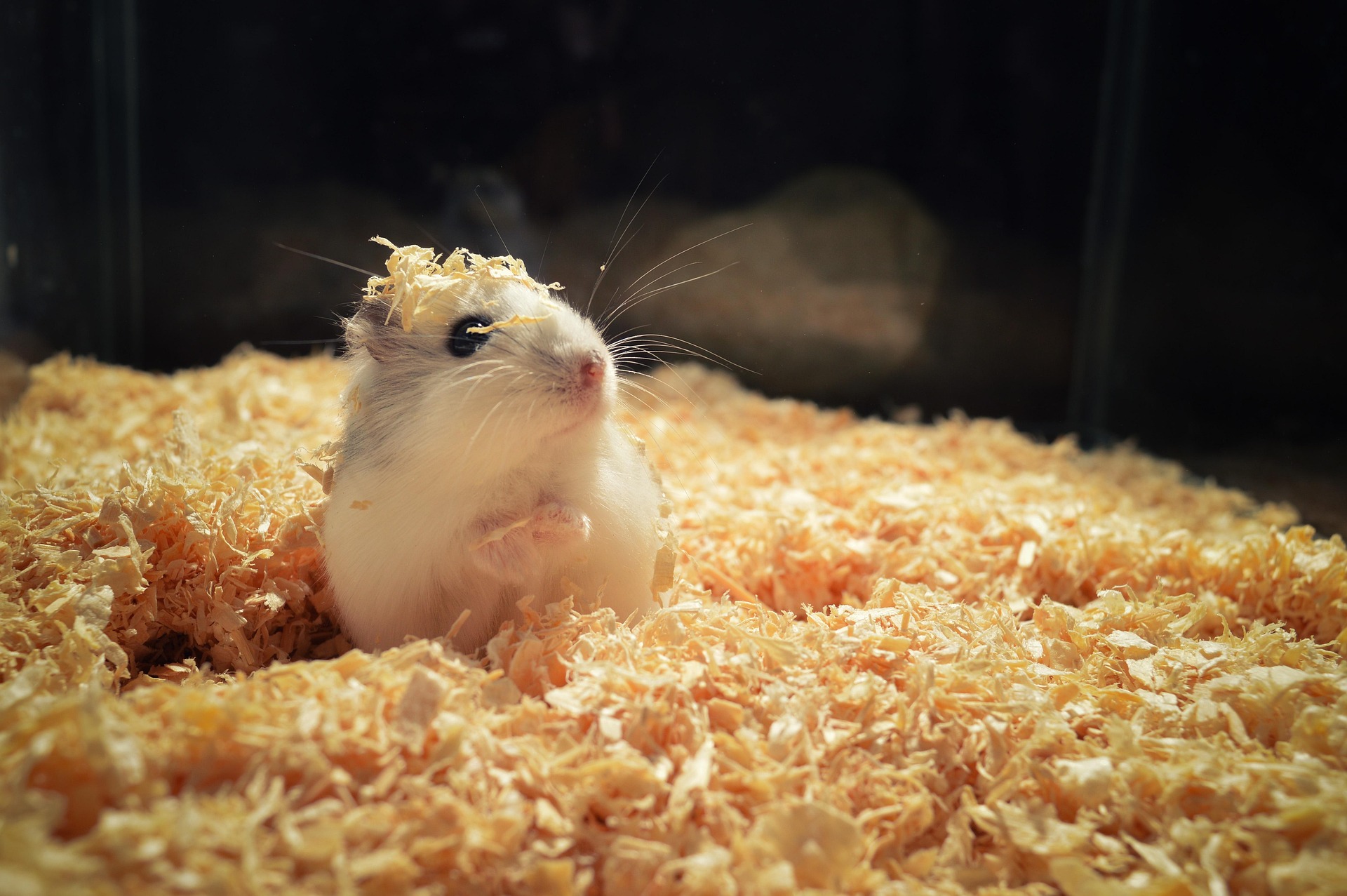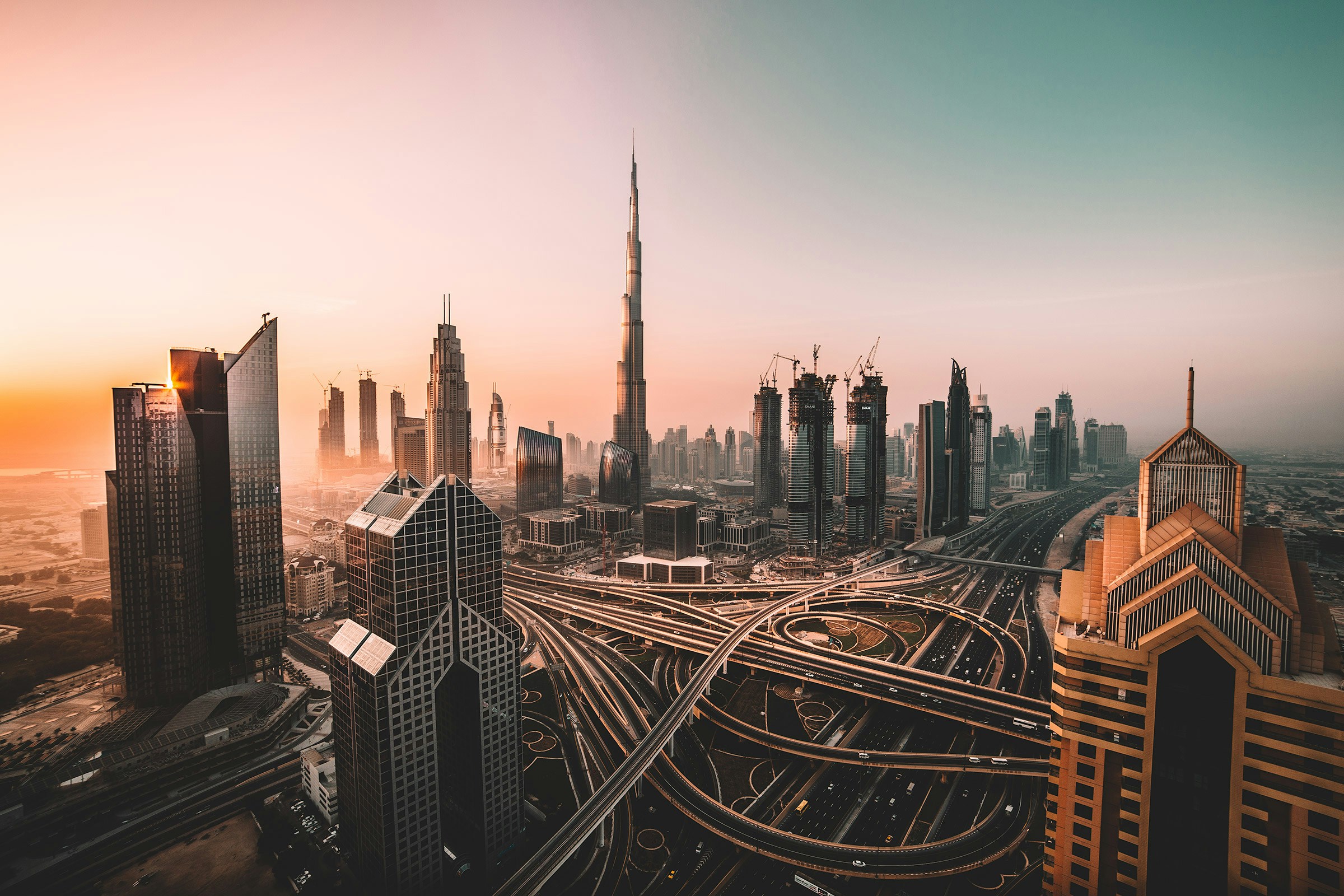Reimagining Reality: Virtual Reality in Contemporary Art
In the realm of contemporary art, virtual reality technology is emerging as a ground-breaking medium. This article delves into the historical context, recent trends, and the impact of this all-encompassing art form.

A New Dimension to Art
Virtual Reality (VR) in art is not a novel concept. Its roots can be traced back to the mid-20th century when artists began to experiment with immersive environments and multi-sensory experiences. However, the advent of affordable and accessible VR technology has invigorated this movement, allowing artists to create immersive and interactive installations that re-imagine reality.
Updating the Canvas: VR in Today’s Art
With the latest VR technology, artists are creating works that transport viewers into entirely different dimensions. Recently, artists have produced VR installations that allow viewers to walk through re-creations of historical events, explore imagined landscapes, or even take a journey inside the human body. These experiences are becoming more prevalent at art exhibitions and festivals, signifying a shift in how art is consumed and appreciated.
Impact and Reception: Viewer Becomes Participant
The most significant impact of VR in art is the obliteration of the ‘fourth wall’. With VR, viewers become participants, fully immersed in the artwork, interacting with the virtual environment. From a reception perspective, VR installations have been met with intrigue and excitement. Audience engagement levels are high, with many praising the unique, immersive experiences that VR technology offers. However, some critics argue that VR could isolate viewers, detracting from the shared experience traditionally associated with viewing art.
Research-Backed Advancements: The Science Behind the Art
The advancement of VR in art is not just a result of technological progression but also of extensive scientific research. Cognitive scientists are working with artists to understand how VR can create immersive experiences that tap into human senses. This collaboration is leading to new artistic possibilities and a deeper understanding of human perception and emotion.
The Future of VR in Art
As VR technology continues to evolve, its role in art is set to expand further. Future trends could include multi-sensory VR experiences that incorporate touch and smell, or collaborative VR installations where multiple viewers can interact within the same virtual space. The possibilities are endless, and as we stand on the brink of this exciting frontier, it is clear that VR is redefining the boundaries of artistic expression.
Virtual reality is offering a fresh canvas for artists, ushering in an era of immersive, experiential art where the viewer is no longer a passive observer but an active participant. As we look to the future, it is apparent that the marriage of art and technology will continue to challenge and redefine our understanding of reality. Whether this marks a permanent shift in the art world or a fleeting trend, only time will tell. The only certainty is that the landscape of contemporary art is transforming, offering exciting new avenues for expression and engagement.




